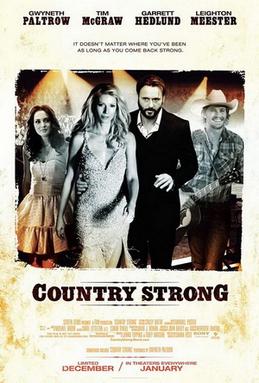Having recently come across the homepage of the Coalition for Marriage - a pressure group composed of representatives from conservative Christian institutions - I thought I'd dissect some of their soundbites. 'Soundbites', aye: I'll just tackle the stuff on the front page, the barely connected bits that are intended to sway casual visitors the campaigners' way. I'll take them in turn.
'Marriage is unique'
Throughout history and in virtually all human societies marriage has always been the union of a man and a woman.Unless you count polygamy in all sorts of societies, including the elite of ancient Israel. Or same-sex unions of various kinds. Or concubinage. Or the profound changes marriage underwent in the sixties and seventies, from a system in which (very broadly) a woman was passed from her father's control to her husband's, to one of egalitarian partnership - arguably a more profound revolution than marriage equality. (This is a general problem for advocates of marriage discrimination: if marriage is about partnership not property, patriarchy and legitimate procreation, an essential argument against same-sex marriage falls.) Above all, though, it's an appeal to tradition: lots of institutions (slavery, absolute monarchy, religious intolerance, human sacrifice...) have been traditional without being good.
Marriage reflects the complementary natures of men and women.Guys, you're not doing a great job of hiding the fact that your arguments come from Christian complementarianism, the hot & sexy new version of patriarchy that conservative churchmen cobbled together from the corpse of the old thing back in the seventies. In that view, men and women
Although death and divorce may prevent it, the evidence shows that children do best with a married mother and a father.Sleight of hand, our old friend! Why, of course if you eliminate single parents and precarious family situations from the equation, you'll find that 'children do best with a married mother and father'. But comparing like with like, there is in fact no difference between opposite-sex and same-sex couples.
'No need to redefine'
Civil partnerships already provide all the legal benefits of marriage so there's no need to redefine marriage.The right to be married and recognised as such is a legal benefit of opposite-sex marriage, although UK law is otherwise better than some countries'. But: if civil partnerships are equal to marriage in everything but name, why would anyone still push for marriage? Inventing a separate but equal institution for gay people is unfair and frankly mean-spirited, and viewing their state as somehow not marriage has real consequences. Making sure the separate school for black people is just as nice as that for white people does not remove white supremacy.
It's not discriminatory to support traditional marriage.Another non sequitur, and palpable nonsense too. Declaring that only certain couples should be permitted to marry and others should be excluded is the very nature of discrimination. The C4M's website does nothing but ineffectually make the case for discrimination. If they're scared of being called discriminatory because it sounds nasty, well - doesn't that tell you something?
Same-sex couples may choose to have a civil partnership but no one has the right to redefine marriage for the rest of us.This feeds into the next section and will be dealt with there. For now, I'll refer you to the dire consequences gay marriage will have on your freedom.
'Profound consequences'
If marriage is redefined, those who believe in traditional marriage will be sidelined. People's careers could be harmed, couples seeking to adopt or foster could be excluded, and schools would inevitably have to teach the new definition to children.Yes, indeed: this paragraph is nought but the guilty conscience of folks who realise that they've destroyed gay people's careers, stopped them from adopting and fostering children, and forced them to listen to offensive views. But, like the racist worried about white people becoming a minority, that guilty conscience turns to aggression: we must hold the gays down lest they do to us what we did to them.
If marriage is redefined once, what is to stop it being redefined to allow polygamy?Sorry, but I'm all non-sequitured out.
'Speak up'
People should not feel pressurised [sic] to go along with same-sex marriage just because of political correctness. They should be free to express their views.That doesn't actually mean anything. By 'political correctness', these respectable people mean the consensus that being a bigot is a bad thing. And people are free to express their views. Isn't that why C4M is able to broadcast their vitriol freely, rather than having to smuggle anti-gay tracts into the country in potato crates?
That's that, for now. It's a rancid mess of illogical soundbites indeed: the consequence of taking what is preached from conservative Christian pulpits and picking out all the Bible bits to make it more palatable to a religiously plural audience. Turns out that leaves only the flimsiest of non-arguments.
Let me close with the immortal words of Rev. W.A. Criswell, admittedly on the other side of the pond, on our inalienable right to not have to rub shoulders with gay people:
Don’t force me by law, by statute, by Supreme Court decision... to cross over in those intimate things where I don’t want to go. Let me build my life. Let me have my church. Let me have my school. Let me have my friends. Let me have my home. Let me have my family. And what you give to me, give to every man in America and keep it like our glorious forefathers made it—a land of the free and the home of the brave.Oh, hang on. Turns out he was talking about racial segregation. Oh well.


















